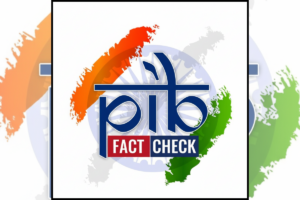
Emojis have become an integral part of modern communication, transforming the way we express emotions, thoughts, and ideas in the digital world. These tiny pictograms have now evolved into a global language of their own. While emojis facilitate clearer and more engaging communication in many instances, the rise in their usage has also led to misunderstandings and controversies.
The Pitfalls of Emoji Misunderstandings
While emojis have undoubtedly enriched digital communication, their misinterpretation can lead to various complications.
Speaking of, there have been several instances where the usage of emoticons has sparked controversial incidents due to their potential misinterpretation. One such incident occurred earlier this month where a Canadian judge, Justice Timothy Keene, ordered a farmer to pay a $ 61,441 (Rs 50.7 lakh) fine for breaching a contract. In the year 2021, a grain buyer disseminated a broadcast message to his clients which read that his company was planning on acquiring 86 tonnes of flax at a price of $12.73 (Rs 1051) per bushel. He also called the farmer, Chris Achter, and sent him a message to “please confirm the flax contract.” Along with the message the buyer, Kent Mickleborough, sent a picture of the contract to him for delivery of the grain. In response, Mr Achter replied with a thumbs-up emoji. However, he failed to make the delivery. The farmer’s intention behind sending him the emoji was to indicate that he has received the contract. However, the buyer thought that he has accepted the contract conditions.
“I deny that he accepted the thumbs-up emoji as a digital signature of the incomplete contract. I did not have time to review the Flax Contract and merely wanted to indicate that I did receive his text message,” the farmer said in the affidavit.
Justice Timothy Keene acknowledged that using an emoji as a method of “signing” a document might be unconventional, but he deemed it valid in the given circumstances, effectively serving the purpose of a signature. He dismissed concerns raised by the defence about the potential repercussions of accepting the thumbs-up emoji as an indication of approval, arguing that this ruling would not lead to an influx of various interpretations of other emojis, such as the “fist bump” or “handshake.”
Emojis can be ambiguous, carrying different meanings depending on the context and individual interpretation. This can lead to misunderstandings and unintended offences. Misuse of emojis, particularly in professional settings, can result in legal consequences, such as defamation or harassment claims.
The Need for Emoji Literacy
To prevent misunderstandings and negative outcomes, it is essential to develop “emoji literacy,” the ability to understand the intended meaning behind emojis and use them responsibly.
With the persistent growth of the usage of emoticons, it is crucial to recognize and address the risks associated with emoji misunderstandings. By fostering emoji literacy and promoting responsible usage, we can ensure that emojis remain a tool for enhancing communication rather than a source of unintended conflicts and complications.
Also Read: Agra Man Set On Fire By Wife And In-laws
To read more such news, download Bharat Express news apps



















